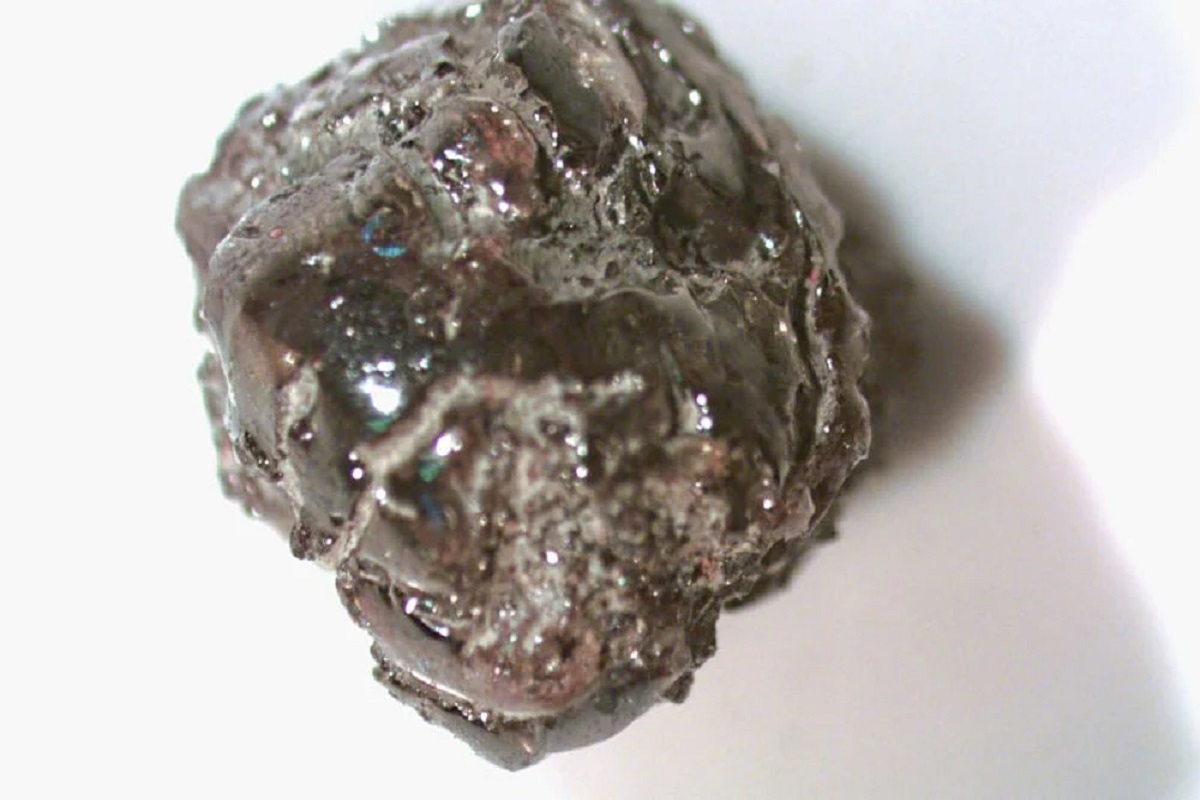For more than ten years, Adam Hardin has been searching for precious diamonds in Arkansas’ Crater of Diamonds State Park. Although he found and sold some diamonds. He never discovered a diamond of significant value until April 10. He found the 2.38-carat brown diamond. It was the largest diamond found in Murfreesboro Park that year. Hardin named the gemstone “Frankenstone” because of its unique design. The diamond looks round.

When Hardin made the remarkable discovery, he was using a technique called wet-shifting in the east drain section of the park’s 37.5-acre ‘research area’. Wet-sieving involves the use of different screens to wash away loose soil and separate particles. Through this process, heavy elements including diamonds can be obtained. 100 million years ago, a volcanic pipe exploded, creating an 81-acre crater. During these eruptions, molten material called lamproite brings diamonds and other gems from the Earth’s mantle to the surface.
Today’s treasure hunters in Arkansas follow in the footsteps of people like John Wesley Huddleston, also known as “Diamond John.” He discovered the first recorded diamond in the state in August 1906. Huddleston was the first person outside of South Africa to find the diamond.
Prospectors and tourists flocked to the area after Huddleston discovered diamonds on his farm. They produce diamonds of various sizes. A Dallas man discovered the 15.33-carat white “Star of Arkansas” diamond, while a woman in Irving, Texas found a 3.11-carat white diamond.
Visitors are allowed to search and keep gems. Since Huddleston’s first discovery in 1906, more than 75,000 diamonds have been found there. On average, visitors find one or two diamonds in the park each day, and park officials report that 260 registered diamonds were discovered in 2022.
